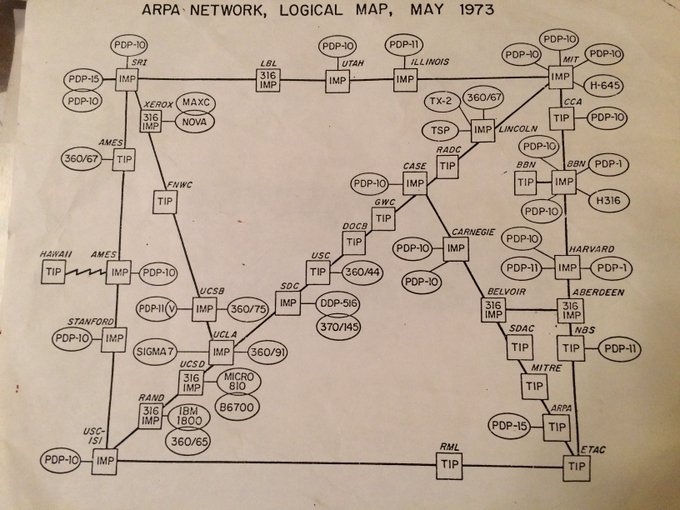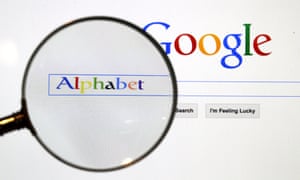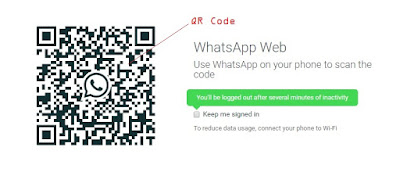WhatsApp vs. Telegram: Here’s Why We Recommend Telegram as a Better App
 WhatsApp is known to every smartphone owner. However, what is still new to the ears of many is Telegram.
WhatsApp is known to every smartphone owner. However, what is still new to the ears of many is Telegram.
While the former has a massive user base of over 900 million monthly active users, the latter has yet to manage even half of this user base, with reports suggesting that it homes about 200 million users.
The fact that Telegram has a smaller user base than WhatsApp will leave many wondering why our editors are really advocating for the former app rather than the latter. Ideally, WhatsApp has more users than Telegram just because many favor the Facebook-owned messenger’s ease of use, clean interface and hassle-free sign up process. In addition, WhatsApp is a little older in the messaging world, having started operations in 2009.
Enough of the chit-chat and straight to business: why Telegram and not WhatsApp?
Telegram
Telegram is a free to download and install application that offers the users an open-source platform with no ads, a clean and fast interface and asks for no payments whatsoever.
Signing up and using Telegram is actually very easy. The messenger uses your phone number as your ID and it allows you to interact with any contact in your phonebook, as long as they are using the app too. This is what actually makes this messaging app very similar to WhatsApp. However, Telegram offers more on this aspect.
Unlike WhatsApp, it is possible to specify a username which can then be used by people whom you don’t have their contacts to reach you even if they don’t have the phone number you used to register on Telegram. In addition, the fact that this person can contact you using your Telegram user name does not mean your number will now be visible to them. It won’t, which is why this messaging app is often considered to be very secure.
When it comes to the general UI, there are no huge differences between the two apps. As noted earlier, it is very easy to send and receive messages, contact management is no different and the view you get for a conversation, in addition to the use of emojis is common on both apps.
The biggest selling point of Telegram is security. Other than being an open-source platform, this messaging app also makes use of MTProto that features 256-bit symmetric encryptions, DH secure key exchange as well as RSA 2048 encryption. This is just how secure this application is, something that has even prompted the developers to offer a massive $200,000 for any hacker who can find a loophole in the system.
Just like WhatsApp, Telegram is a cross platform app. It works well on Android, iOS, Windows Phone, Chrome, Mac and Windows OS. You can access this messaging app from any browsing platform using any web browser. It is also possible to log into all of the supported devices at a given time without any problems and messages will appear on all of them.
The speed at which Telegram executes commands is lightning and it rarely experiences any outages. Sharing of files is also another powerful tool of the messenger as there are no any restrictions on file sizes or even types.
If you enjoy chatting in groups, you will enjoy this application even better as it offers a double capacity as that of WhatsApp. You can include up to 200 participants in a Telegram group. Lastly, it is possible for bots to integrate with Telegram’s sophisticated API, something you won’t find on WhatsApp.
WhatsApp
WhatsApp is not free. You must pay for it beginning from the second year, but only a modest fee of $0.99 annually is required. There is no doubt that in terms of ease of use and functionality, WhatsApp is no different from Telegram. Signing up requires a phone number and you can interact with any person in your phonebook as long as they are using WhatsApp too.
When it comes to security, nothing can be assured on WhatsApp, thanks to the fact that it’s not an open source platform. This has led to many security breaches on this messaging app, with a recent one affecting users of WhatsApp Web.
WhatsApp is also a cross-platform app that will work on Android, iOS, Windows Phone and other mobile platforms. As noted earlier, it has a WhatsApp Web PC client that is accessible via a web browser. However, using the web client demands that the mobile app be active and the phone must also be connected to the internet. s
WhatsApp is fairly quick, but is not usually consistent. Furthermore, even though the app allows sharing of files, there are limitations as far as file types and sizes are concerned. For instance, it only allows file sizes of 16MB and it cannot send file types such as PDF, .doc, .exe and many others.
Conclusion
Based on the above revelations, the conclusion here seems obvious. Telegram is a no brainer, has great syncing capability, better security options and extremely fast. Even though WhatsApp is also simple and fairly fast, it lags behind in certain key aspects that have been highlighted by Telegram.
source










